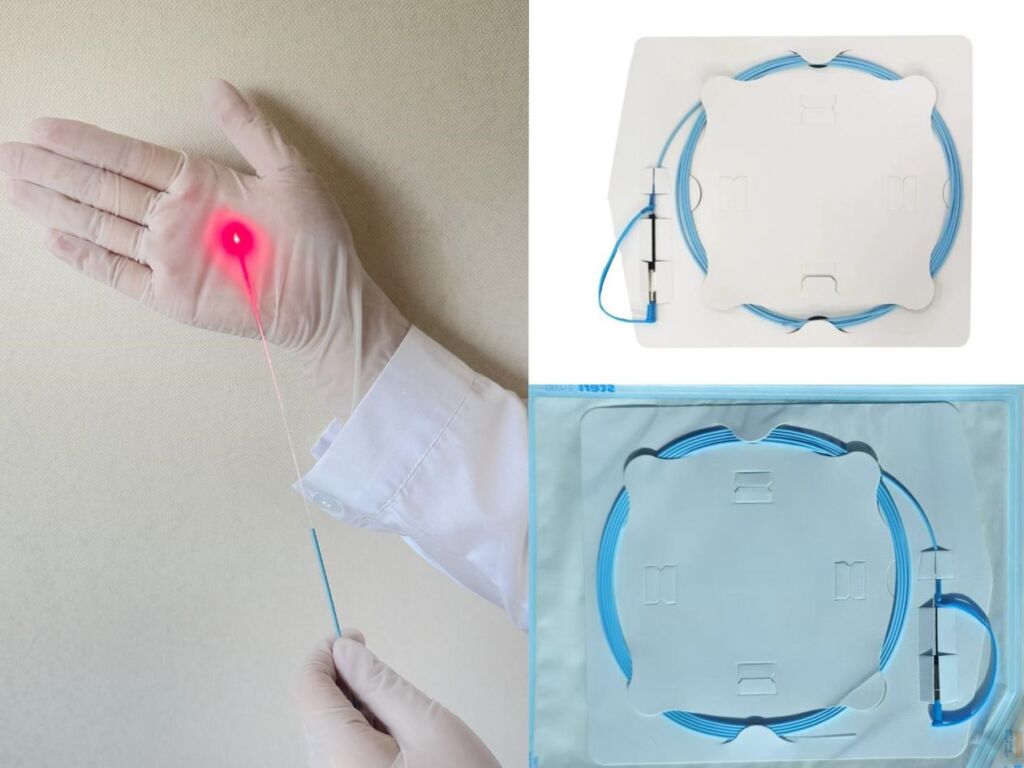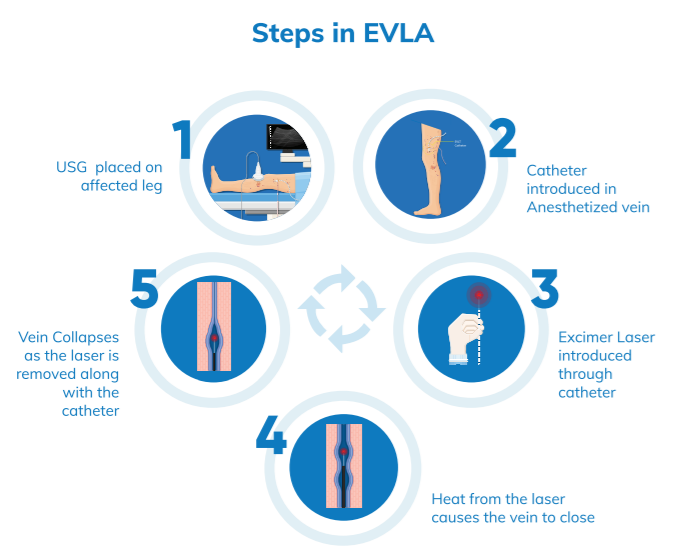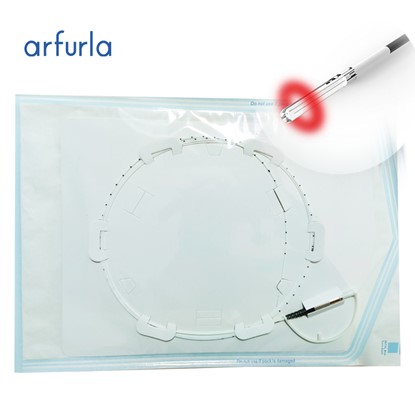Features/Technical Parameters:
Features
Radial fiber:It can achieve 360° circular laser emission, so that the energy is evenly distributed around the blood vessel wall, which can act more effectively on the inner wall of the diseased vein and reduce problems such as incomplete treatment or local overheating damage caused by uneven energy distribution during treatment.

Bare fiber:Laser energy is output in a straight line from a single point at the end of the optical fiber, and the energy is highly concentrated at the tip. This design requires manual rotation of the optical fiber or adjustment of the pushing speed to disperse the energy during operation.
Features
| Bare Fiber | Radial Fiber |
Fiber diameter | 400-1000μm, high flexibility | 400-600μm, high hardness |
Recommended power when treatment | 7-12W | 10-12W |
Linear Energy Density (LEED) | 60-120 J/cm (higher energy is required to compensate for uneven distribution) | 50-80 J/cm (even energy, higher efficiency)) |
Ultrasound visibility | Generally, positioning depends on operational experience. | Better (some with development marks), more accurate positioning |
Passability | Suitable for tortuous and small blood vessels | Suitable for straighter and thicker blood vessels |
What treatments are usually used(980nm and 1470nm)
Bare fiber:Mostly used in various cutting surgeries and cosmetic surgeries
For example: Endolifting, ENT cutting, external hemorrhoids, tooth cutting and other soft tissue cutting
Radial fiber:Vein closure(EVLT), PLDD, hemorrhoid treatment, prostate uniform ablation, etc.
Differences when applied to EVLT

Bare fiber:Usually matches 980nm wavelength, mainly relying on the hemoglobin in the blood to absorb energy and A higher power (7-12W) is required to achieve effective ablation. Uneven energy distribution can easily lead to partial non-closure and increase the probability of requiring secondary intervention.
Radial fiber:Often combined with 1470nm or 1940nm wavelengths ,Requires 10-12W (more energy efficient, 1940nm requires only 4-6W).Annular energy coverage reduces local omissions and provides more reliable long-term effects

